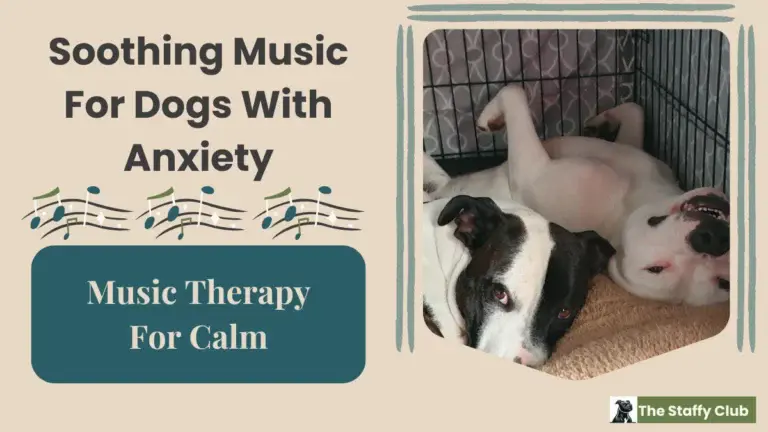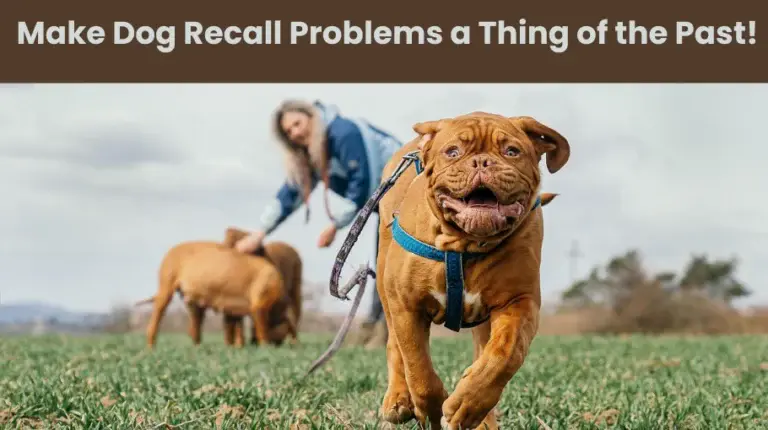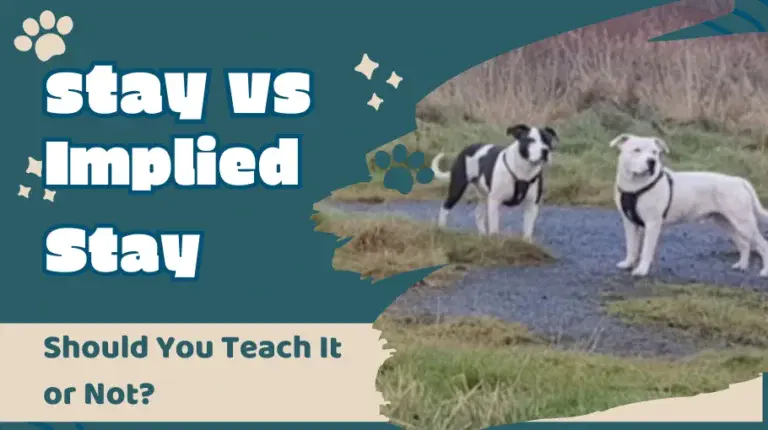Easy Ways To Handle Hyperactive Dogs With Confidence
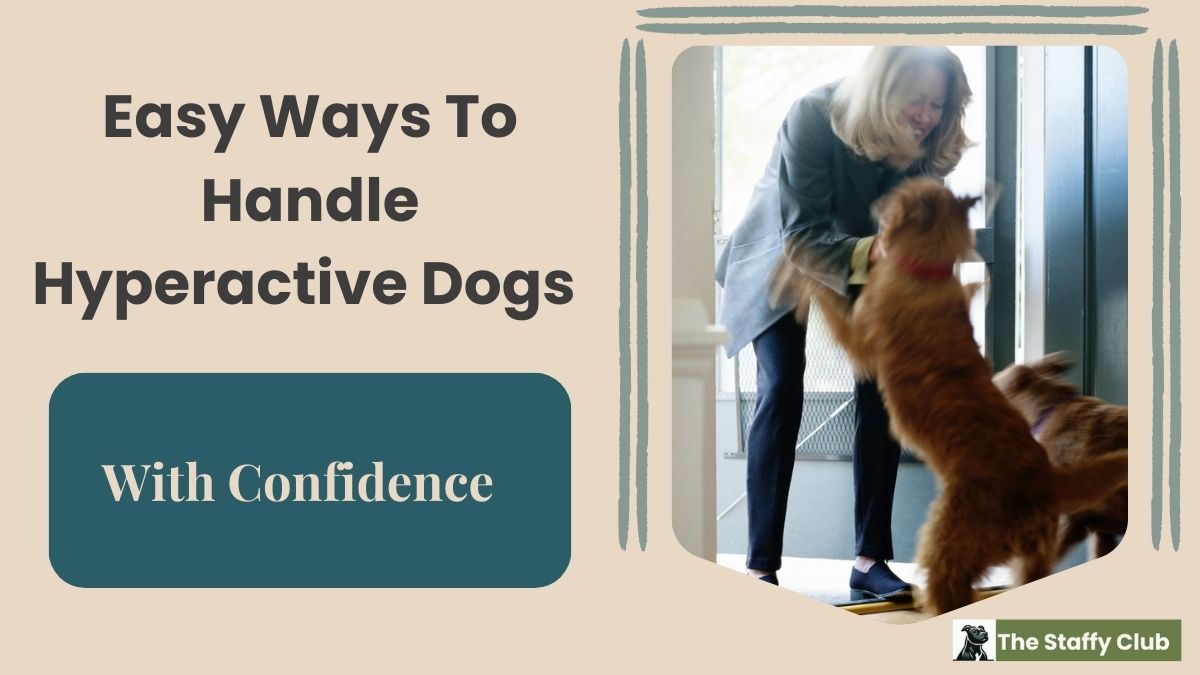
Managing a hyperactive dog doesn’t have to be difficult. With the right approach, you can turn their energy into positive behaviour and build a stronger bond.
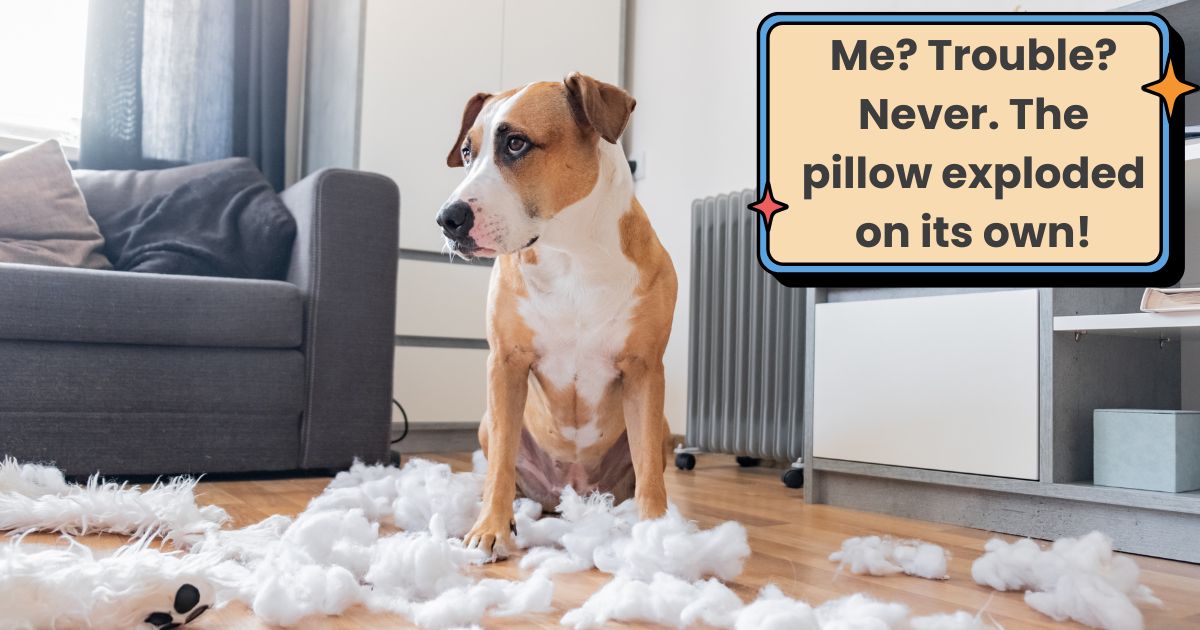
Understanding and Managing Hyperactivity in Dogs
Hyperactive dogs need structure, guidance, and outlets for their energy. Without those, they’ll cause mayhem!
1. Stay Calm Yourself
Staying calm is key. Dogs pick up on our emotions. If you’re anxious or frustrated, your dog will likely feel the same. When you stay calm, your dog will feel more secure and follow your lead.
Something to remember is that dogs emulate your energy. If you struggle to stay calm under pressure, work on yourself, and then you’ll be better able to help your dog.
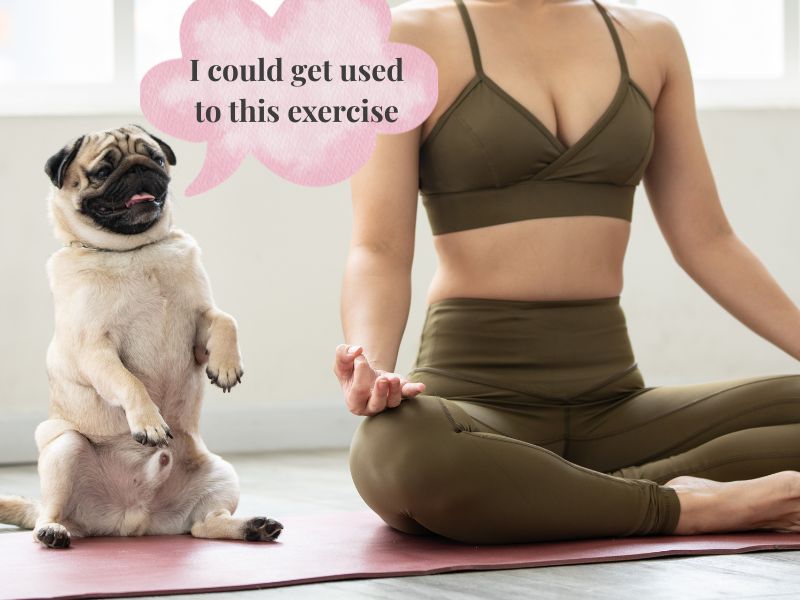
2. Provide Plenty of Exercises
High-energy dogs need lots of physical activity. Take them to a dog park or fenced yard to run freely. If that’s not an option, regular walks, jogs, or fetch sessions will help burn off extra energy. Running with your dog beside a bike or dog sports like Bikejoring or Canicross may be options worth exploring if you have the energy.
For dogs left home alone for hours at a time, it may be worth considering having a dog walker pop by to let them let off steam for a bit.
Another option for when you can’t be there is to use soothing music for dogs with anxiety or who get overly stimulated with the least bit of noise.
3. Engage in Mental Stimulation
Mental exercise is just as important as physical activity. Dogs get bored easily, and boredom can lead to hyperactivity. Use puzzle toys, treat-dispensing toys, or scent games (like hiding treats) to keep their minds engaged. A tired brain often calms them just as much as physical exercise.
Even on days you can’t go out on adventures, look for an alternative exercise for dogs indoors to keep them active and mentally stimulated.
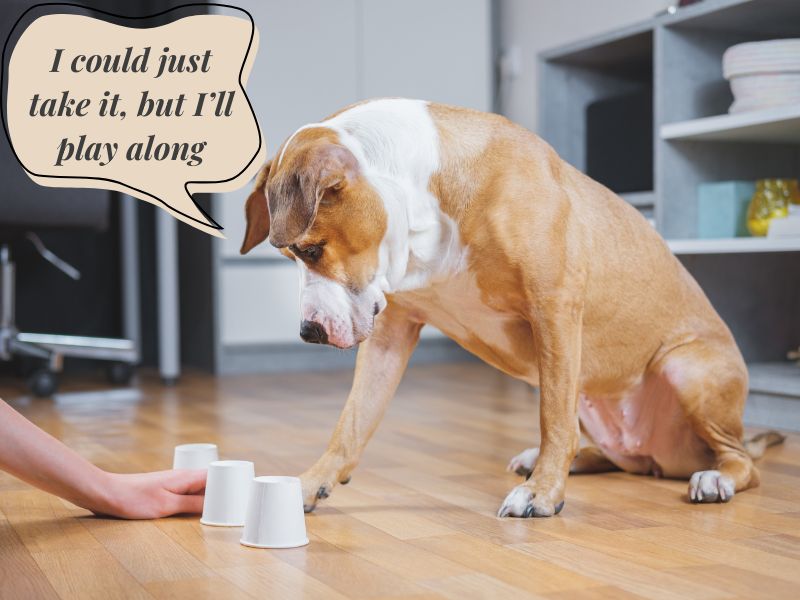
4. Revisit Puppy Training Basics
Going back to basic training can help your dog focus. Practice simple commands like “sit,” “stay,” and “leave it.” You can also add mini-challenges, like having them wait for a treat before eating. This will help them burn off energy in a productive way.
Check you’ve taught the most essential commands you can teach your dog, and switch things up during training sessions by alternating each one. It keeps things surprising, instead of routine. Like, always sitting after waiting.
And get this: with just the basic commands, once you combine them, those 11 commands given as two at a time, like ‘sit’, and ‘wait’, ‘down’, and ‘over’, ‘sit’ and ‘paw’, you can get 55 variations.
Up the ante to give the dog 3 commands at a time, and you have 165 variations, just from the 11 bare essentials. I wouldn’t make a habit of doing more than 3 commands at a time. Make it too hard, they’ll lose interest.
Vary things from easy to moderate to hard to make sure they’re listening and not following commands based on a routine in their training when they know what’s coming next.
5. Use Positive Reinforcement
Reward calm behaviour with praise and treats. This encourages your dog to repeat those actions.
For example, when your dog settles in their crate, reward them right away. The more they associate calmness with rewards, the quicker they’ll calm down next time.
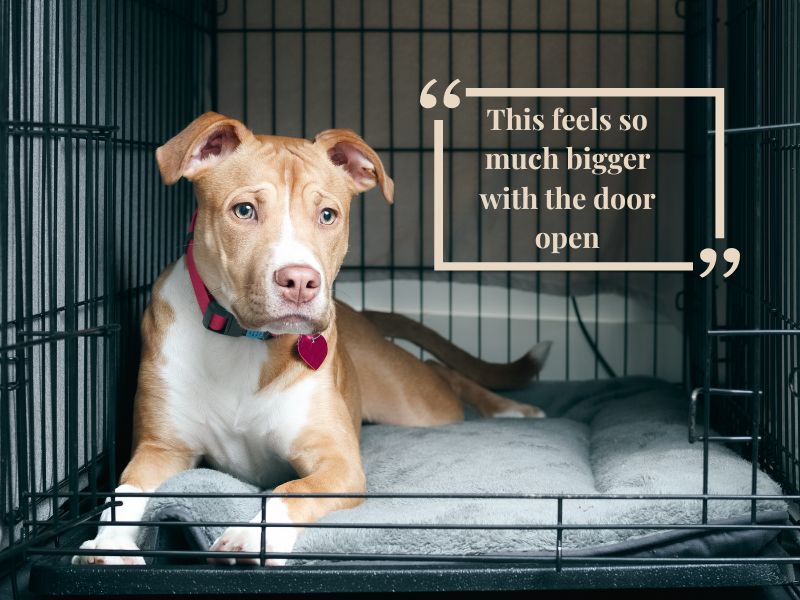
6. Tire Them Out Before Social Situations
If you’re expecting visitors or going to a busy place, tire your dog out first. A long walk or play session helps them stay calm during social events.
7. Use the Crate as a Calming Tool, Not a Punishment
A crate can be a great way to calm a hyperactive dog, but it shouldn’t be used as punishment. Think of it as a safe retreat. Gradually associate the crate with positive experiences, like treats and toys.
After exercise, encourage your dog to relax in the crate for a peaceful break. Half the battle is knowing what to put in a dog crate for them to want to use it. Just 3 things are needed – a bed, a blanket, and a crate-safe toy.
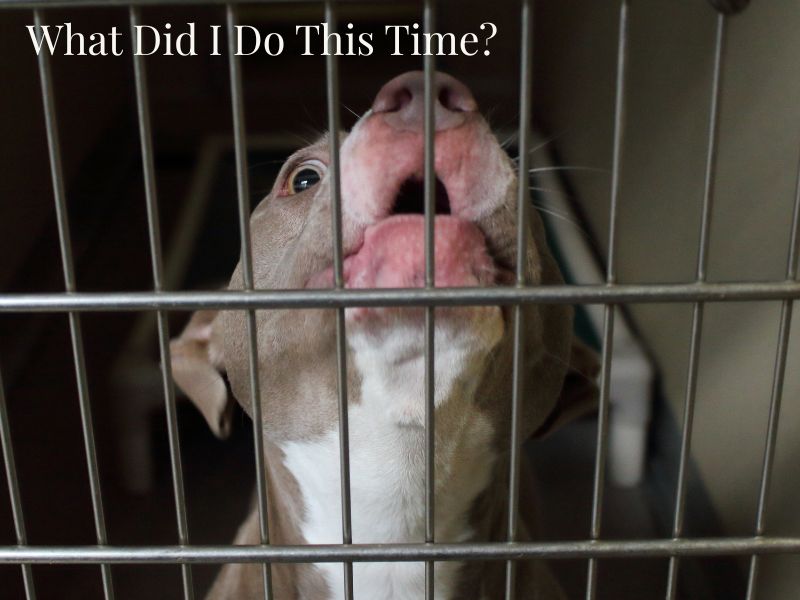
Tip: If your dog doesn’t go into the crate on their own, use a treat or toy to lure them. Once inside, give them a moment to settle before closing the door.
8. Establish a Consistent Routine
Dogs thrive on routine. Set a regular schedule for feeding, exercise, training, and playtime. This helps your dog know what to expect and when, helping to ease anxiety in dogs, which in turns, reduces hyperactivity. (The two are linked).
9. Give Them Something to Focus On
Redirect your dog’s energy when they’re bouncing off the walls. Activities like tug-of-war, fetch, or scenting games help focus their energy.
A structured play session can be just what they need to calm down.
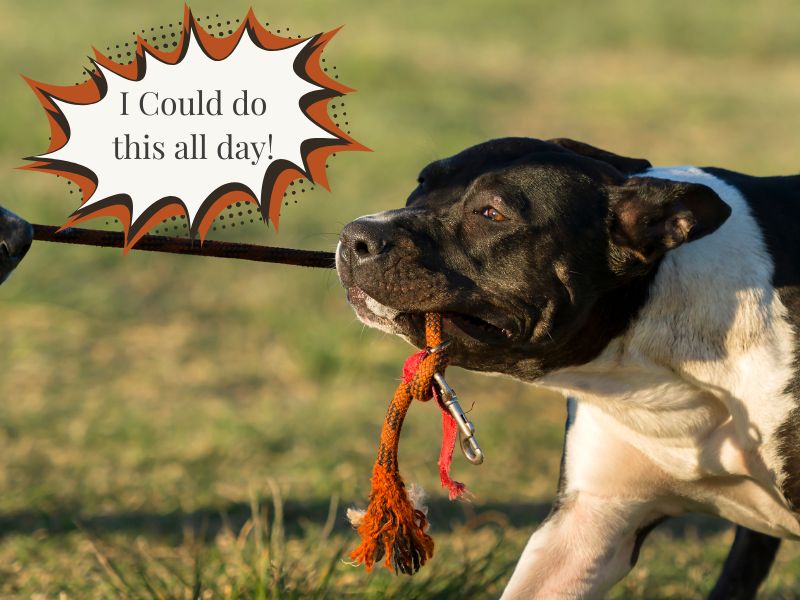
10. Know When to Give Space
If your dog’s hyperactivity is overwhelming, it’s okay to give them some space. Sometimes dogs need a break, just like we do. If calming techniques aren’t working, let them have a few minutes to themselves in their crate or a quiet room. This can help reduce overstimulation.
If needed, step out of the room and close the door. This teaches your dog that hyperactive behaviour won’t always get attention and encourages them to settle down on their own.
By following these strategies, you can handle your dog’s hyperactivity with confidence while keeping them happy and well-balanced.
Handling Hyperactivity During Exciting Events
Some dogs get particularly hyper during specific situations, like when you come home or when visitors arrive. These moments can be a challenge, but with preparation and consistency, you can help your dog stay calm.
1. Calm Your Dog When You Return Home
It’s common for dogs to get overly excited when their owner returns home. If your dog jumps, barks, or runs around, try this:
- Ignore them for a few minutes. When you walk in, avoid eye contact and don’t engage until they calm down. This teaches your dog that calm behaviour gets attention, not excitement.
- Reward calmness. Once your dog settles, greet them warmly and reward their calm behaviour with praise or a treat.
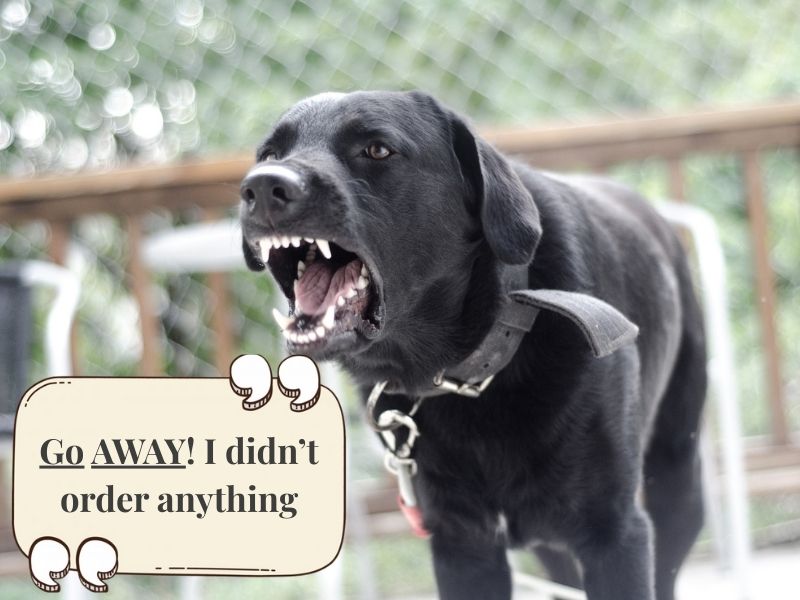
2. Handling Excitement When Visitors Arrive
Dogs often get excited or anxious when guests come over. To help them stay calm:
- Create a Calm Zone: Set up a quiet space for your dog before visitors arrive. This gives them time to settle before meeting new people.
- Gradual Introductions: When visitors arrive, have your dog go to their crate or bed and settle down. You can encourage this with treats or toys. For dogs that tend to jump on people, keep a slip lead nearby. This allows you to quickly leash the dog, regain control, and give the “down” or “calm” command. It’s often easier to guide your dog to their bed with a leash than relying on verbal cues alone, which could make them associate the bed with punishment.
You don’t need to keep your dog completely away from guests. Instead, you can introduce them on a leash to help train them to control their impulsive energy. This lets your dog approach guests gradually and learn how to stay calm, while also practicing impulse control in real-life situations.
- Reward Calm Meet and Greets: When your dog greets guests calmly, reward them with praise or treats.
3. Prevent Overstimulation
Sometimes dogs get overstimulated, especially when there’s a lot of excitement. To help prevent this:
- Take Breaks: If your dog is getting overly excited or anxious, give them a quiet break in their safe space. This helps them reset.
- Use Calming Tools: Some dogs benefit from calming music, pheromone diffusers, or gentle massages during high-energy moments.
By addressing these situations, you can help your dog manage excitement and overstimulation, making these events easier for both of you.
What’s your go-to technique to handle hyperactive dogs? I find the treat pouch/bag does the trick. When I lift the bag, they know it has treats, and they have to do what they’re told to get one.

